Great potential, strong motivation
Khanh Hoa is one of the localities with the most advantages in the country to develop modern industrial marine aquaculture. The province has a coastline of nearly 500km with more than 200 large and small islands, many lagoons, sheltered bays and deep-water ports, which are very favorable for aquaculture development, including aquaculture at sea.

Industrial-scale marine farming in Khanh Hoa province. Photo: Kim So.
Aquaculture in Khanh Hoa has always played an important role, creating jobs and improving the lives of coastal people. The province's annual aquaculture output reaches over 32,000 tons, of which marine aquaculture accounts for about 50%, making an important contribution to the province's seafood export turnover (reaching 845.9 million USD in 2024).
Khanh Hoa is also a major center for training and research in marine science. The province is home to prestigious training and research facilities such as Nha Trang University, Nha Trang Institute of Oceanography , and Aquaculture Research Institute III. This is a solid foundation for research, technology transfer, and proactive production of many new aquatic species, perfecting advanced farming processes. The province is a major aquatic species production area in the Central region, providing many valuable seafood specialties such as giant tiger prawns, white-leg shrimp, lobsters, snails, sea fish, etc. for the whole country.
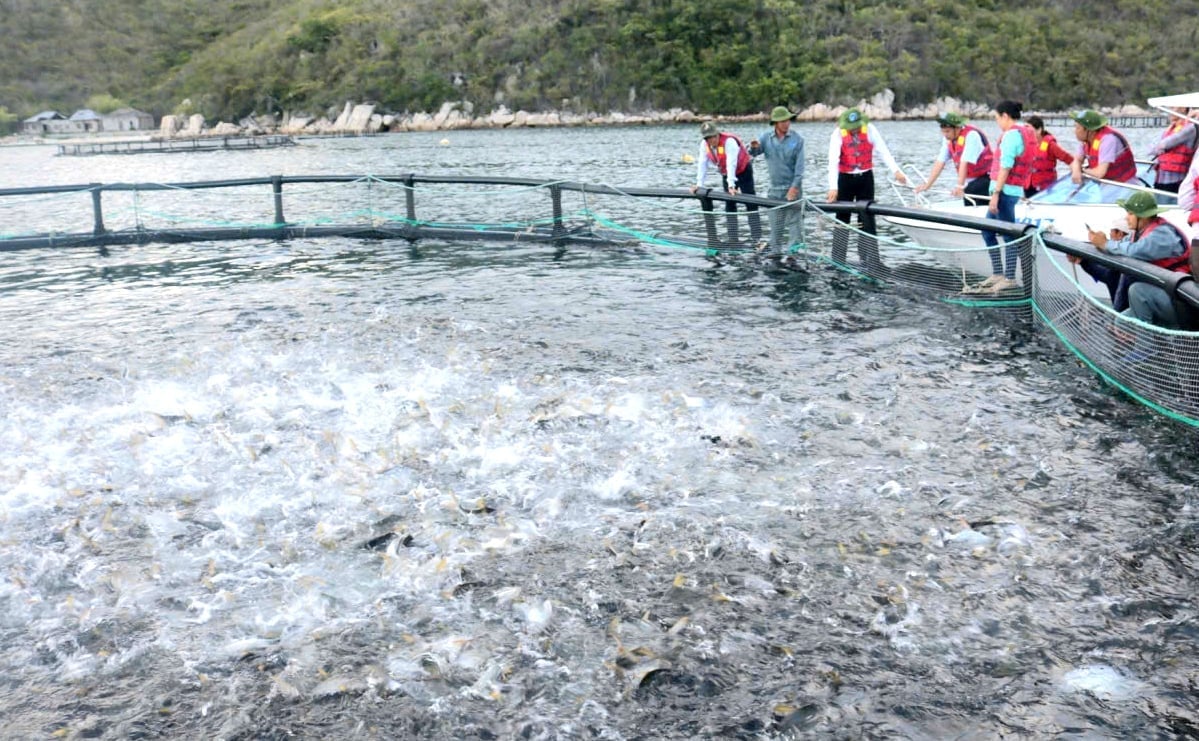
Khanh Hoa is one of the provinces with great potential for marine farming. Photo: Kim So.
More importantly, Khanh Hoa has had its pilot project for developing high-tech marine aquaculture approved by the Prime Minister in Decision No. 231/QD-TTg dated January 24, 2025. This decision is a historic milestone, creating a strong driving force for the province to form concentrated, modern industrial marine aquaculture areas, turning marine aquaculture into a large-scale commodity production industry.
Breakthrough technology to adapt to climate change
Marine aquaculture in Khanh Hoa is also facing many challenges, especially in the context of climate change. Extreme weather events appear frequently and with increasing intensity, directly affecting aquaculture activities at sea. Another challenge comes from the environment and production practices. Fishermen mainly follow traditional, small-scale farming processes, most of which are made of bamboo and wood, which cannot withstand strong winds and waves. The rapid increase in traditional cages in sheltered lagoons and bays also reduces water quality, increases the risk of disease and pollutes the environment.

Khanh Hoa provincial leaders visit high-tech marine farming model. Photo: Kim So.
Mr. Vu Khac Muoi, a marine fish farmer in Dam Bay (Nha Trang) used to raise 60 traditional wooden cages on Tri Nguyen Island, but this method has become outdated and ineffective. Mr. Muoi shared that using wooden cages for a long time is easily damaged, creating wood waste and floating foam buoys, polluting the marine environment. In addition, leftover food and fish waste also accumulate, reducing water quality and causing fish diseases.
Faced with this situation, Khanh Hoa province is gradually perfecting the policy mechanism to convert traditional cages to cages made of new materials (HDPE, FRP) that are environmentally friendly and can withstand strong winds and waves. This is the key adaptive technological breakthrough.
In recent times, Khanh Hoa province has had many businesses and households applying high-tech marine farming. Farmers use HDPE, FRP cages; apply automatic environmental monitoring equipment with sensor technology; automatic feeding machines and surveillance camera systems in cages. This has helped reduce costs, limit risks from natural disasters and control epidemics.
Pilot offshore aquaculture models in Khanh Hoa have brought about remarkable results. The marine fish farming model using HDPE cages in Cam Ranh Bay has achieved higher profits than traditional wooden cages. The average profit margin reached 172% for cobia farming, 112% for lobsters and 131.4% for groupers when using HDPE cages. The use of industrial feed in HDPE cages has reduced environmental pollution and reduced pressure on natural exploitation.
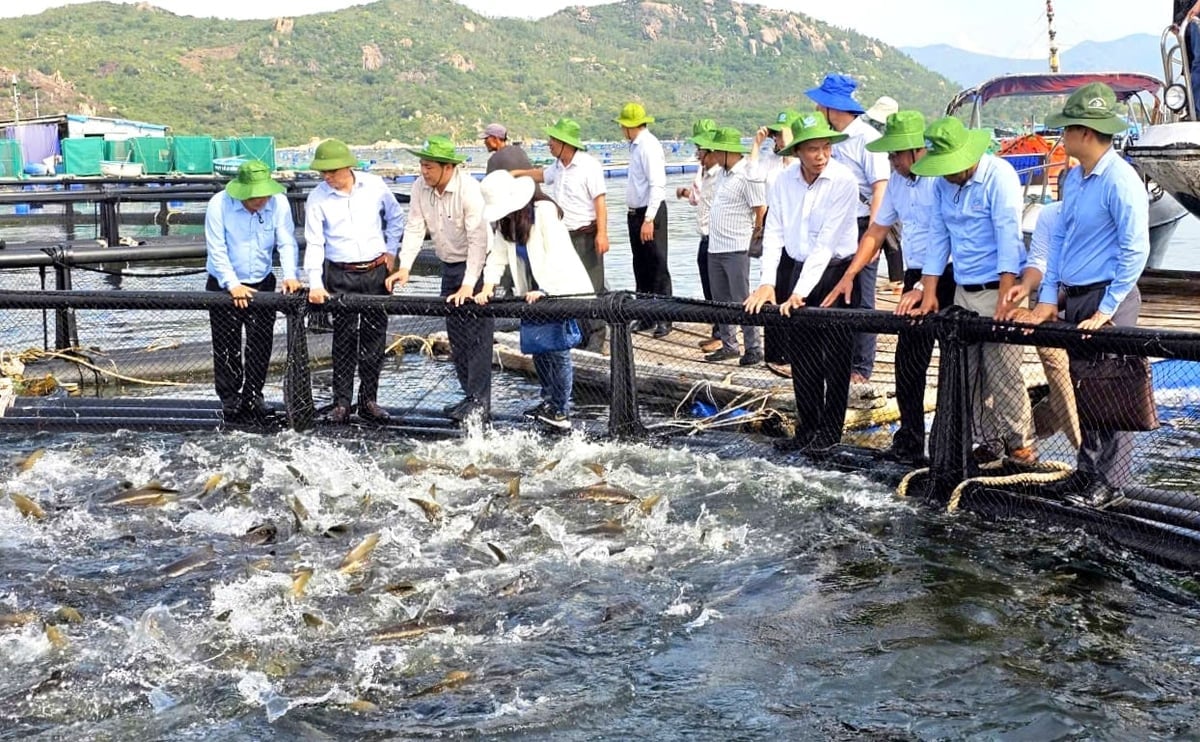
The model of raising marine fish using HDPE cages in Cam Ranh Bay brings outstanding economic efficiency. Photo: Kim So.
HDPE cages are resistant to the effects of harsh marine environments such as large waves and strong currents, are not corroded by salt water, do not rust and have a long life. HDPE is an inert material that does not release toxic substances into the water environment, contributing to the protection of the marine environment, while creating safe seafood products for consumers.
Perfecting policies to encourage marine farming
Developing high-tech marine aquaculture is an inevitable orientation and a long-term strategic solution to adapt to climate change and address the problem of illegal, unreported and unregulated (IUU) fishing.
According to the Department of Agriculture and Environment of Khanh Hoa, the province is focusing on building and perfecting policies to support and encourage the development of marine aquaculture, including accident insurance policies for workers and policies to support the conversion of traditional cages to new material cages. The province has proposed a public investment plan to build infrastructure for concentrated aquaculture areas at sea with a total estimated investment capital of 500 billion VND in the period 2026 - 2030.
Accordingly, the focus will be on building a system of boundary markers and shore stations providing technical services, electricity, water, and internet offshore, creating favorable conditions for offshore industrial farming activities. Competent authorities will also issue a set of criteria and standards for high-tech marine cages, and at the same time promote the allocation of sea areas for modern, industrial aquaculture.

Khanh Hoa province is expanding the high-tech marine farming model. Photo: Kim So.
In addition, the province continues to research, apply and transfer new farming technical advances, prioritizing high-tech application models, HDPE cages, and composite floating material technology. Promote the development of artificial intelligence (AI) applications to analyze data, predict the development of marine fish, monitor and adjust feed and stocking density, thereby optimizing the farming process and improving product quality. At the same time, strengthen research and development of high-quality, disease-free seed production (artificial seeds) and industrial feed production for key farming objects to reduce dependence on natural exploitation and fresh food, and protect the marine environment.
Khanh Hoa will strengthen the linkage between production - processing - consumption. High-tech marine farming models will be linked with traceability, quality certification (VietGAP, ASC, BAP) and signed with product consumption units to ensure output. Focus on building national brands for marine farming products, expanding exports through new generation free trade agreements. At the same time, promote training of highly specialized human resources in aquaculture, environmental management, technology operation and raising public awareness.
Source: https://nongnghiepmoitruong.vn/nuoi-bien-cong-nghe-cao-khai-mo-tiem-nang-vuot-thach-thuc-d780726.html



![[Photo] Prime Minister Pham Minh Chinh receives the delegation of the Semiconductor Manufacturing International (SEMI)](https://vphoto.vietnam.vn/thumb/1200x675/vietnam/resource/IMAGE/2025/11/06/1762434628831_dsc-0219-jpg.webp)



![[Photo] Closing of the 14th Conference of the 13th Party Central Committee](https://vphoto.vietnam.vn/thumb/1200x675/vietnam/resource/IMAGE/2025/11/06/1762404919012_a1-bnd-5975-5183-jpg.webp)
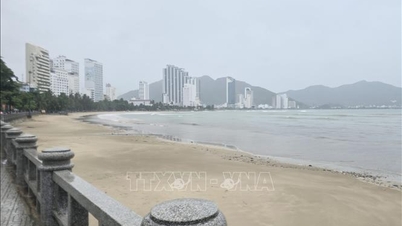





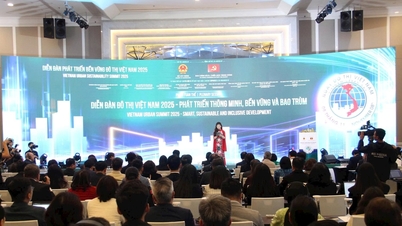

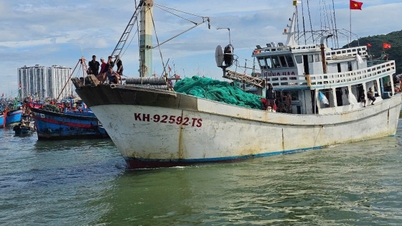



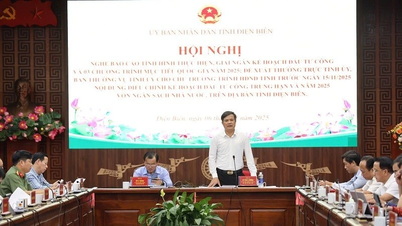

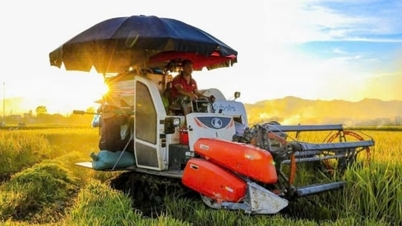

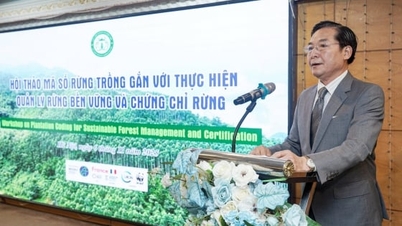








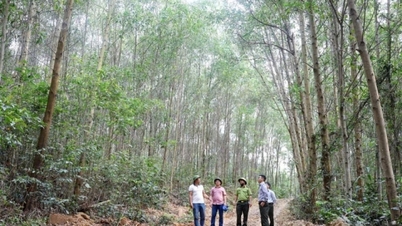

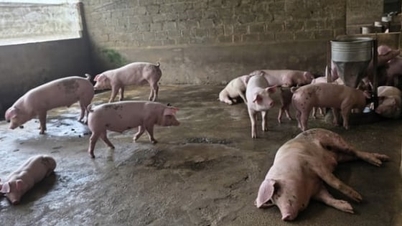




































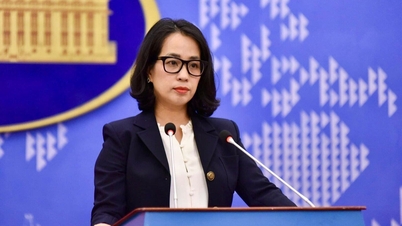
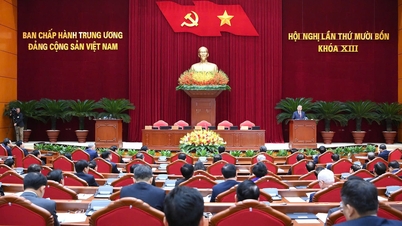
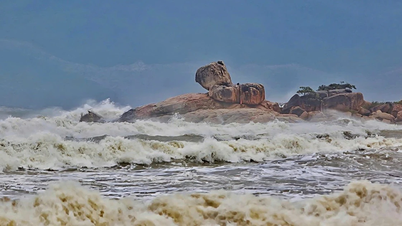

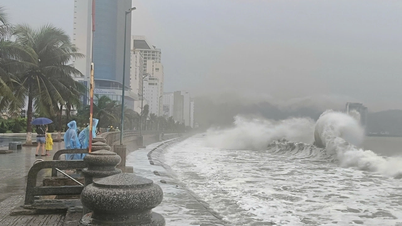













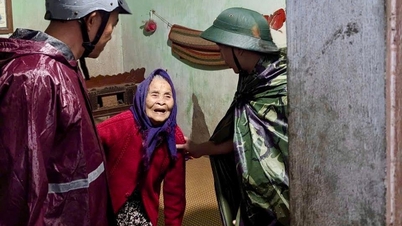







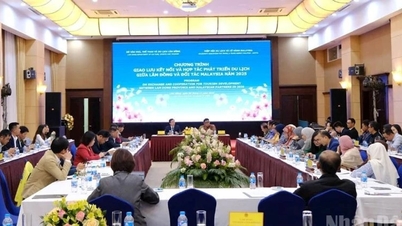












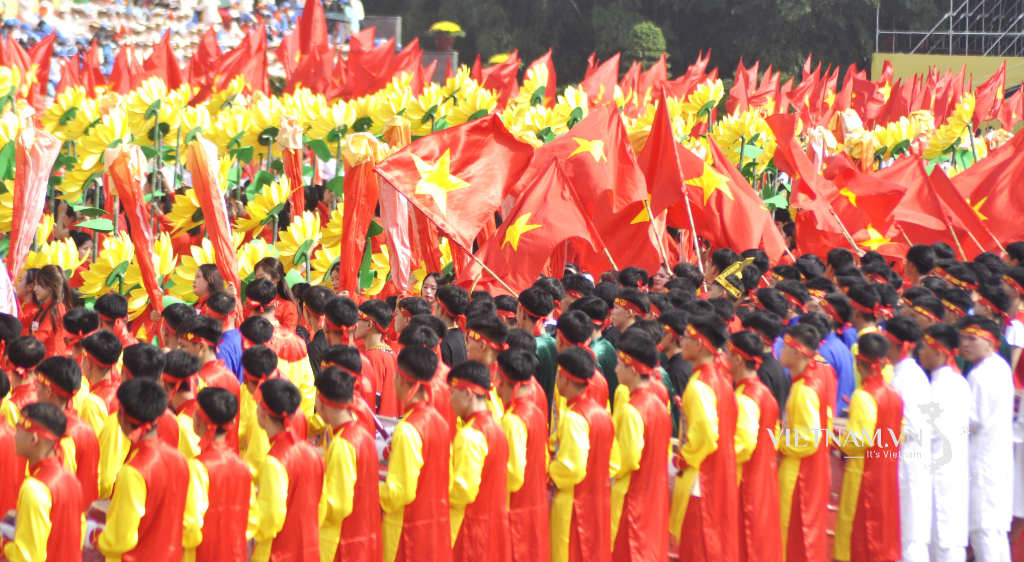

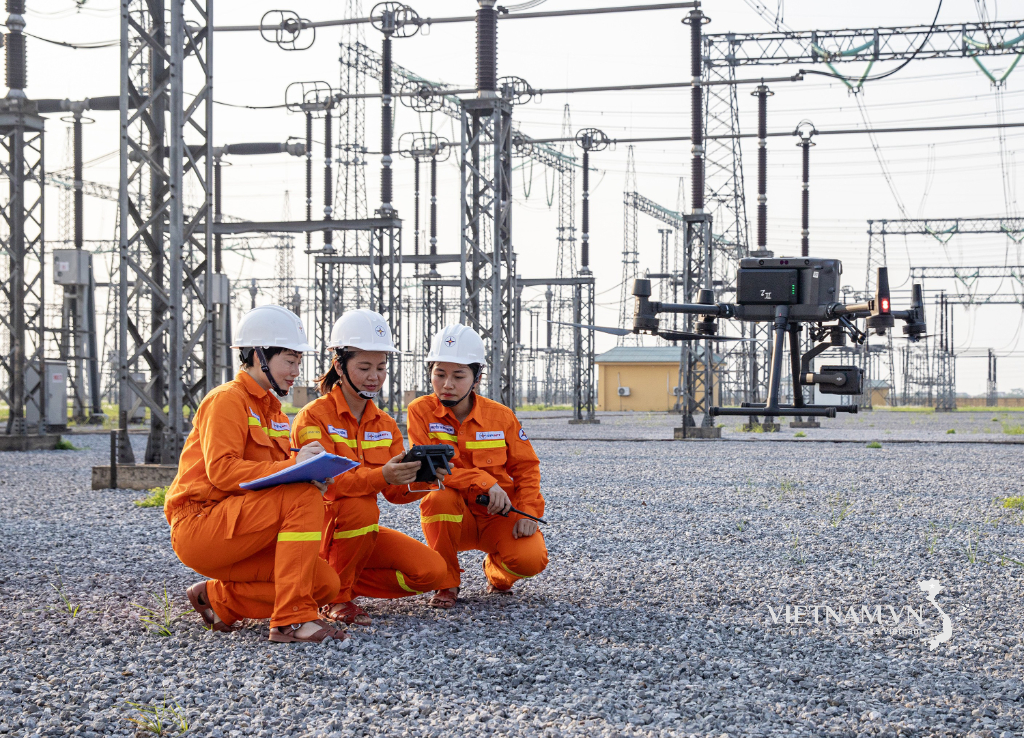
Comment (0)